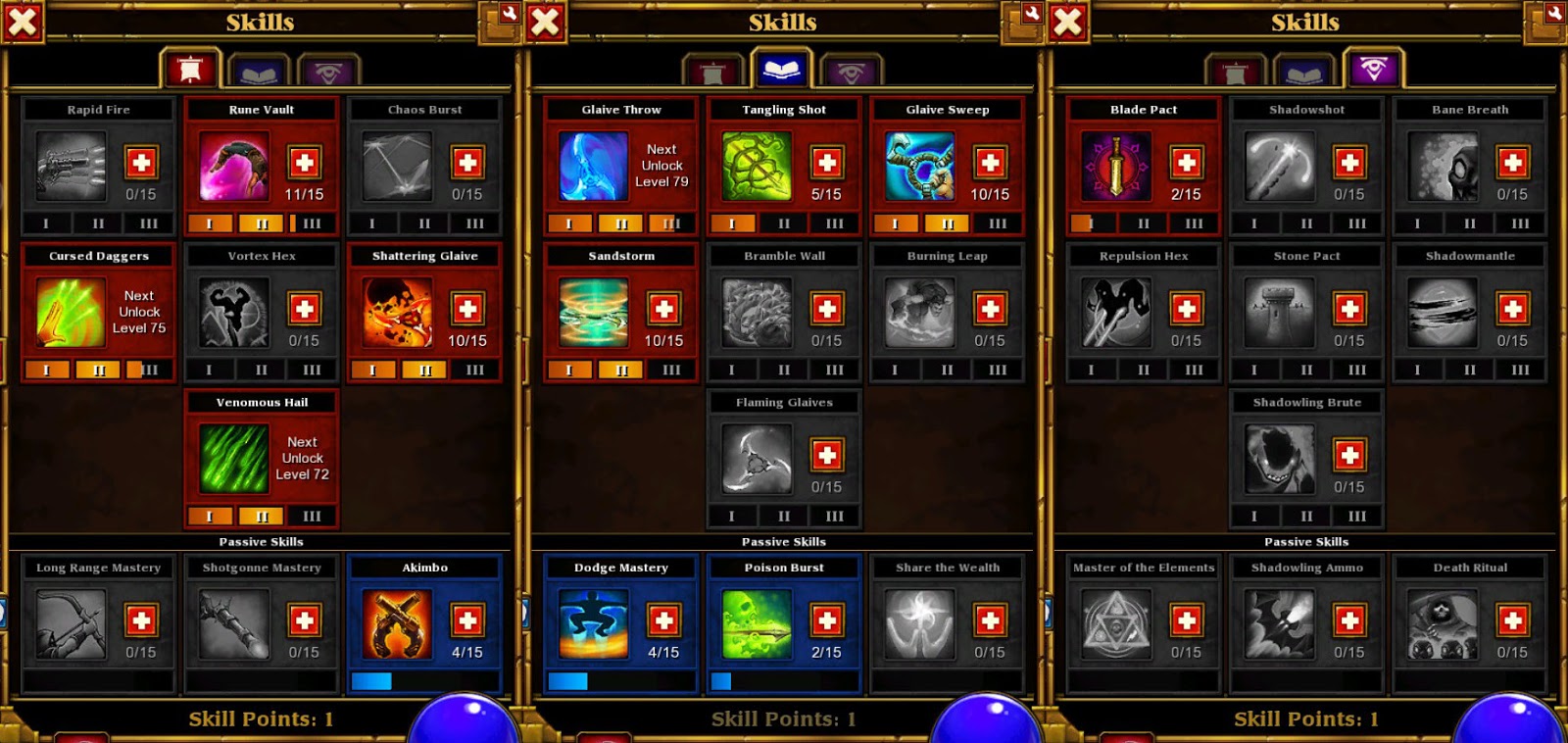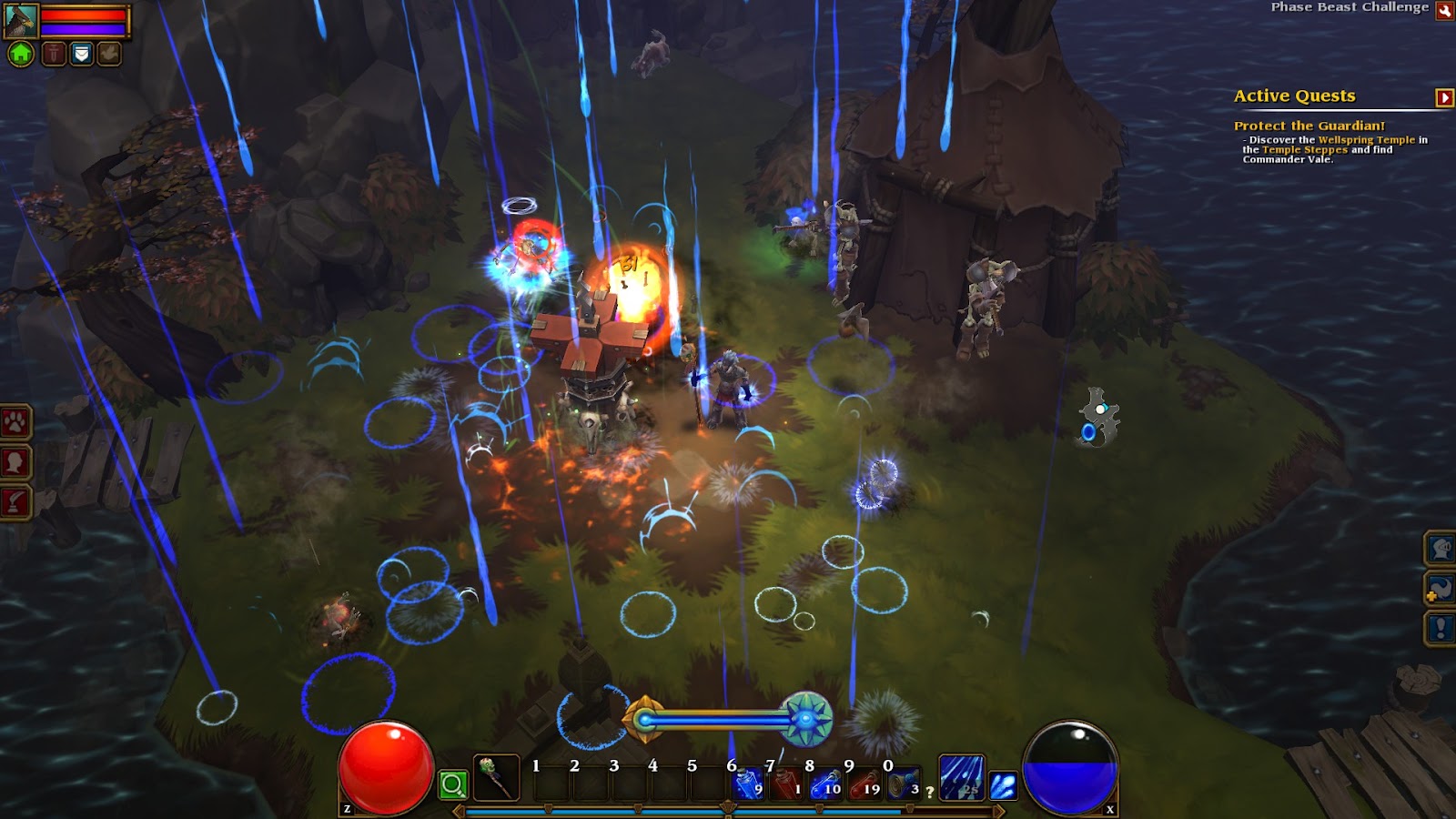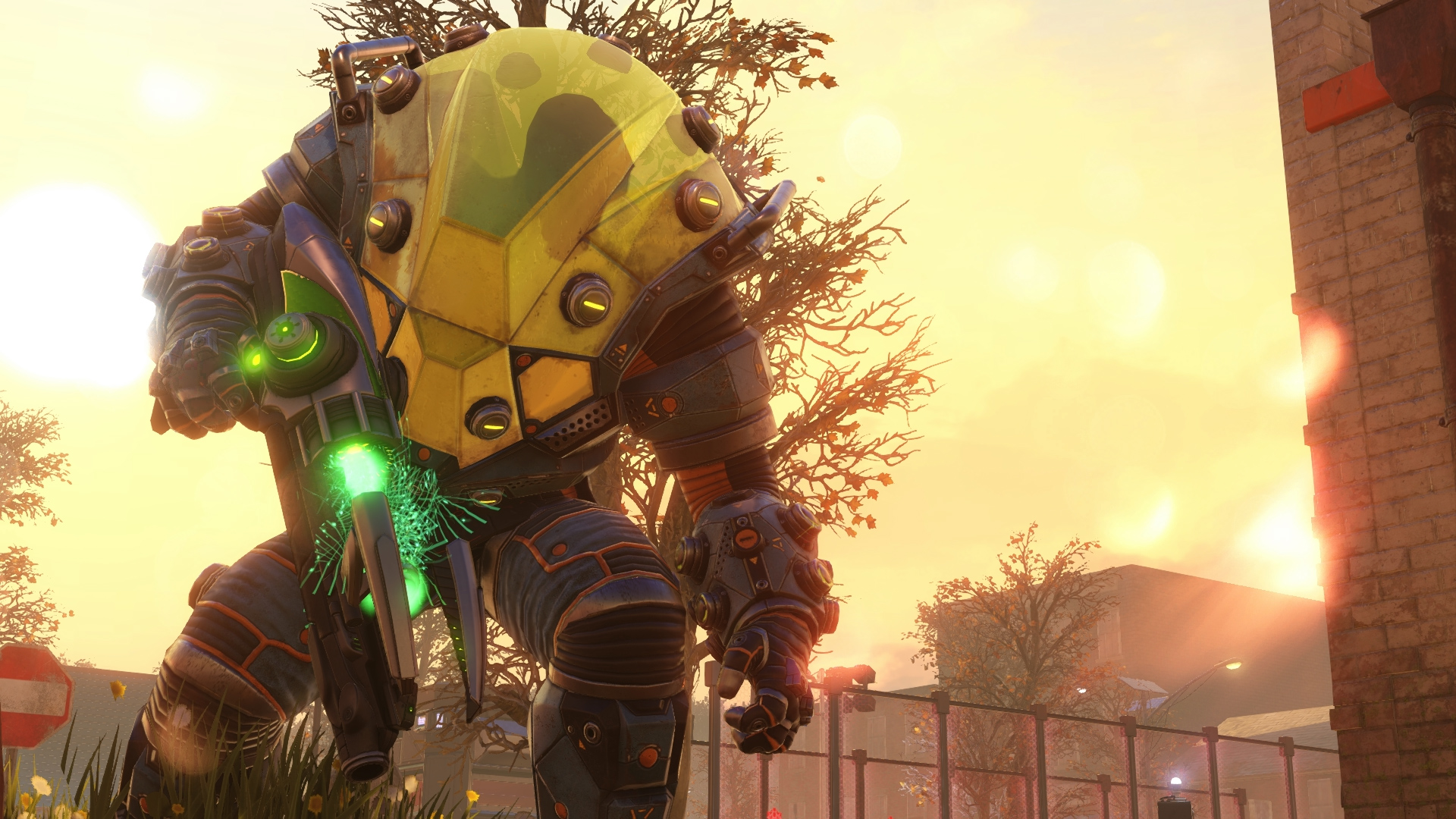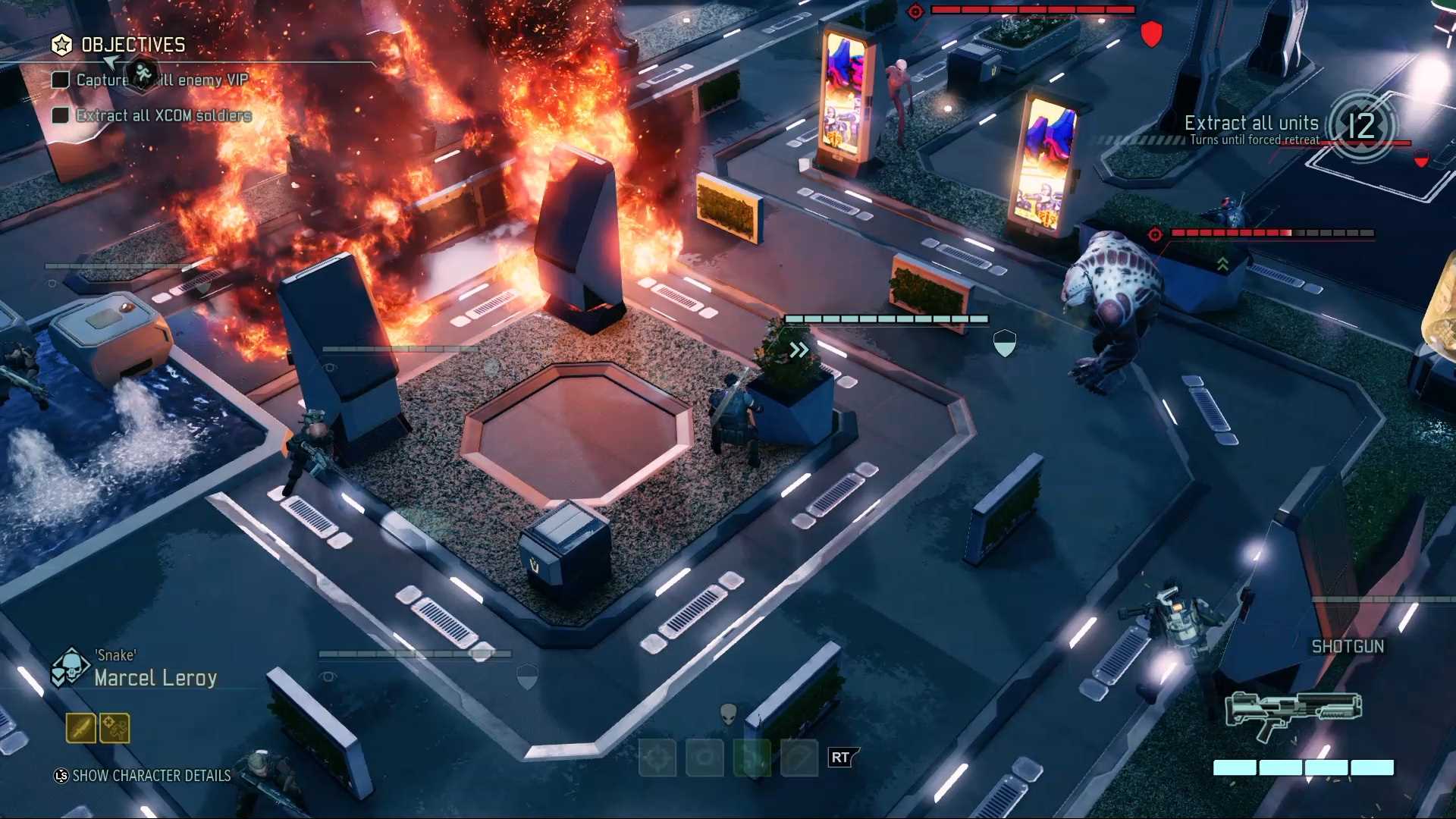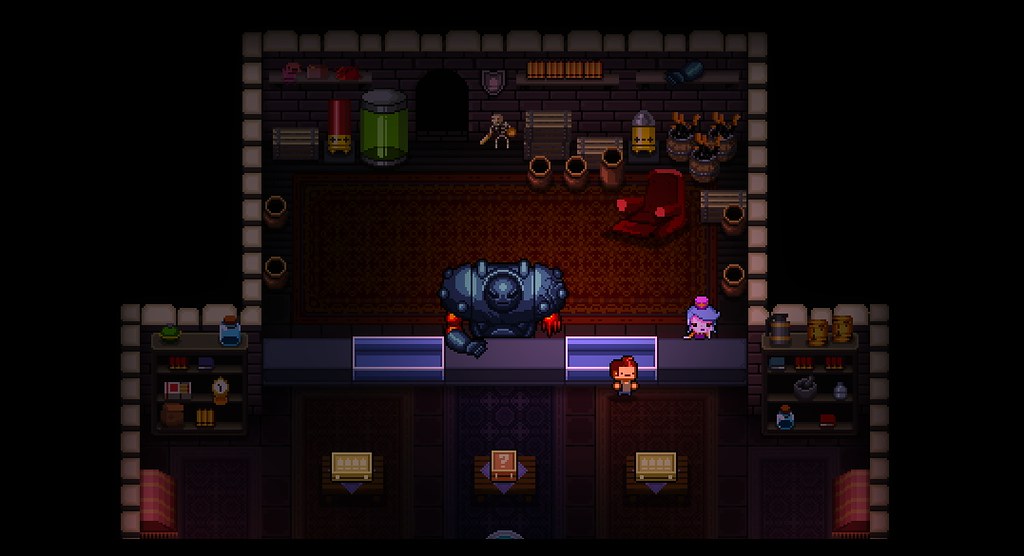
The Total War series started in June 2000 with SHOGUN: Total War and its newest installment will come out autumn this year with Total War: Three Kingdoms (I’m extremely hyped for this by the way). It was a revolutionary computer game as although there were already quite a few Real Time Strategy games in the market, nothing could compare to the scale of battles in the Total War series.
Total War games mostly follow the same pattern. The campaign allows you to choose between several factions, lords or races and then thrusts you straight onto a campaign map of a chaotic warring region, and your goal is usually to conquer a certain number of lands and provinces by wrestling them out of the hands of rebels or other factions in a turn-based game of strategy. You must thus use military power, diplomacy, cunning, subterfuge and many other ways to outplay your enemies and make use of your allies.
When it comes to battle, what differentiated this game from normal RTS games was that you command a unit of troops instead of single individuals and try to out maneuver your opponents. On the surface, it would look like a simple rock-paper-scissors way of fighting; Cavalry beats archers, archers beat spearmen, spearmen beat horses. But the wide variety of units and abilities present even in the first installment of the series makes battles infinitely interesting and brings about unlimited possibilities in dynamics.

Screenshot: Troops charging head on

Screenshot: Soldiers slugging it out
In this review, I will be talking about one of my favorite in the series, Medieval II: Total War which was released in 2006. In this game, the year is 1080 and it focuses on medieval warfare, religion and politics in Europe, North Africa and the Middle East. Each Total War game is based on a historical time and a specific area. In Shogun, it was in Japan, with samurais and ninjas. In Medieval II, there were heavy plated knight cavalry, crusaders, kings, princes and princesses. The objectives in this installment were more interesting than the previous few, where each faction had different goals, usually in line with some historical events such as the Battle of Agincourt https://en.wikipedia.org/wiki/Battle_of_Agincourt

Screenshot: Historical Battle mode, Battle of Agincourt
The Lens of Meaningful Choices #39
The first thing new comers will tell you when they first try this game is that they are at a loss of what to do first. The campaign in Medieval II starts you off with a few towns and few units and yet, the choices you must make seemed overwhelming and significant. Right from the start, the player must think: Should I train troops? What troops should I train? Should I move my princess towards forging relations with my neighbors? Or should I let my diplomat handle those? What should I build? Should I take over that rebel settlement to the north? Should I raise taxes? Should I let my priest stay in this town or move somewhere else to spread our religion?

Screenshot: The starting lands of the Holy Roman Empire
There are a lot more choices and they are all significant and meaningful in your strategy. Each action you take in the campaign determines how your kingdom fares. The player decides whether to forgo short term gains for possible long-term benefits. Each action also affects all other factions attitude towards you and may spell your doom if everyone in the region hates you.
That is what makes Total War games fun, and in Medieval II, the number of choices players must make are even more than the previous games, which made gameplay a lot more dynamic and diverse. One example is the Pope system, where you must choose whether to obey the pope demands or to risk the pope commanding a crusade against you.

Screenshot: The Pope and Cardinals window
While there are a few dominant strategies to allow you to win the game with slightly more ease, there is enough randomness in the game and it’s AI to keep players on their feet. Cavalry is strong in the game, you can have an army stocked with full plated cavalry, but you might just run into an enemy with so many heavy spearmen that your horses will only charge against what seems like brick walls. Furthermore, there is a hidden pride from the Total War community to complete your campaign with some form of limitations imposed on yourself. Such as using no cavalry, or to role play as an evil oppressor and lead by fear instead of respect of the people.
The Lens of Goals #32
However, no matter which way you choose to play it, the goal of the game is clear and simple: Complete dominance no matter what. The goal of the game was made clear right from the start, to win the campaign, you must defeat your enemies and conquer a certain number of lands. It is this clear and simple goal that brought about replay value, as there are many ways to attain your goal, and your campaign will never be the same twice.
Along the way, smaller goals known as missions appear to guide players towards the goals. The missions could be to conquer a certain castle or to form a certain alliance with a faction. These goals not only guides players, they reward players for completing them with more resources for their conquest.
 Screenshot: Mission Success
Screenshot: Mission Success
Even so, players can still decide whether to do these missions and that will eventually depend on the player’s strategy. Players can choose to complete the mission and ally with another, or if they feel that they are strong enough, they can reject the mission, create their own goal of eliminating the faction and take over their resources. Even at the end of the game, players can choose to set their own goals to take over the rest of the lands to gain an achievement.
The Lens of Visible Progress #55
After hundreds of choices, tens of missions and a scary number of bloodied battlefields, one of the best rewards of the game is to see your faction grow and paint the map with your own color. The progress is not fast by any means, but to see your several hours of effort transform one tiny province into entire continents of land you own makes everything worth it.

Screenshot: The Holy Roman Empire expands
Not only the land, but hours of fighting and training later, you would end up with an army of the highest training, best equipment and invaluable experience to help fight your way to becoming the ultimate conqueror as your war machine pushes through your enemies like a hot knife through butter (Although at higher difficulties, your enemy would have built up a similar army).
Of course, like any kingdom, the more progress you make, the more problems arise. A large kingdom may be too spread out, so players will now have to deal with lack of authoritarian presence, unhappy citizens, civil unrest and a large border to defend. Progress in this game brings about new challenges and can keep a player hooked for hours trying to keep their kingdom afloat and expand at the same time.

Screenshot: Unhappy citizens riot
The Lens of Balance #53
The factions in this game are NOT balanced. I think that is the only reason why after completing the game so many times, players come back for more by choosing other factions. By playing as the English, you start of with a decent amount of land, your bowmen are incredibly deadly and can go head to head with the toughest roman squads you encounter. You are surrounded by rebel settlements which you can take easily and occupy.

Screenshot: Start of England campaign, you can expand to York, Bruges and Rennes easily
After winning as the English, you might find yourself with a different footing if you chose to try out another faction. As Scotland, the roles are reversed. You start of with one land at the very north of the game map. Directly south blocking your way from the rest of the land, is the great English empire.

Screenshot: Start of Scotland campaign, you only can get to Iverness as England will take York
Each faction has different traits, starting areas and enemies. The land around each faction is also different such that your strategies must adapt. It is this lack of balance between factions that makes things interesting. Each Total War game have designed their balance such that I feel like I’m playing a totally different game when trying out other factions.
Conclusion
10/10 on steam, overwhelmingly positive. This game may be arguably one of the best Total War games ever released. Although the graphics are a little dated, but the gameplay and mechanics are marvelous. Personally, I own the latest Total War: Warhammer II and am excitedly waiting for Three Kingdoms. But I have played Medieval II the most. Besides, when I’m stuck in school and my laptop can’t handle the newer games, I ride with my crusaders to once again dominate the world of Medieval II: Total War.












